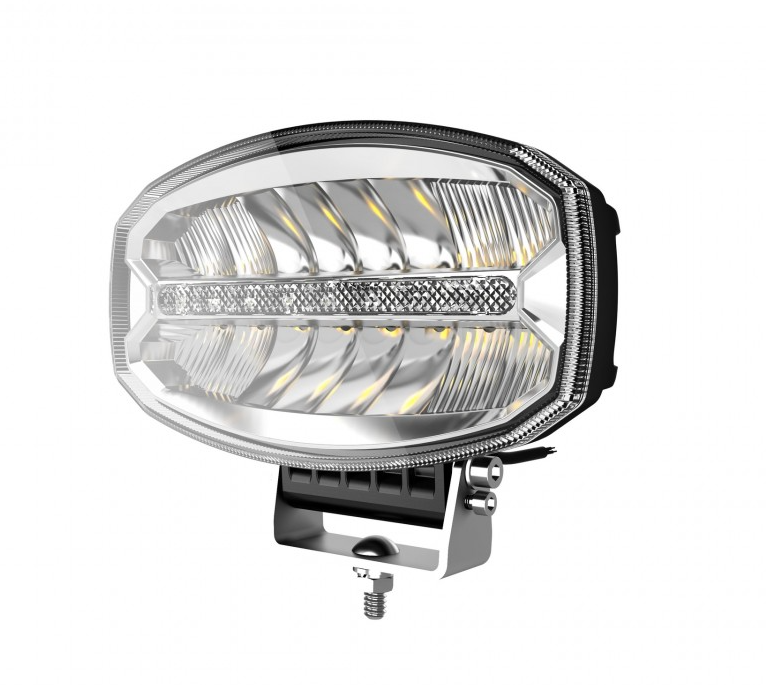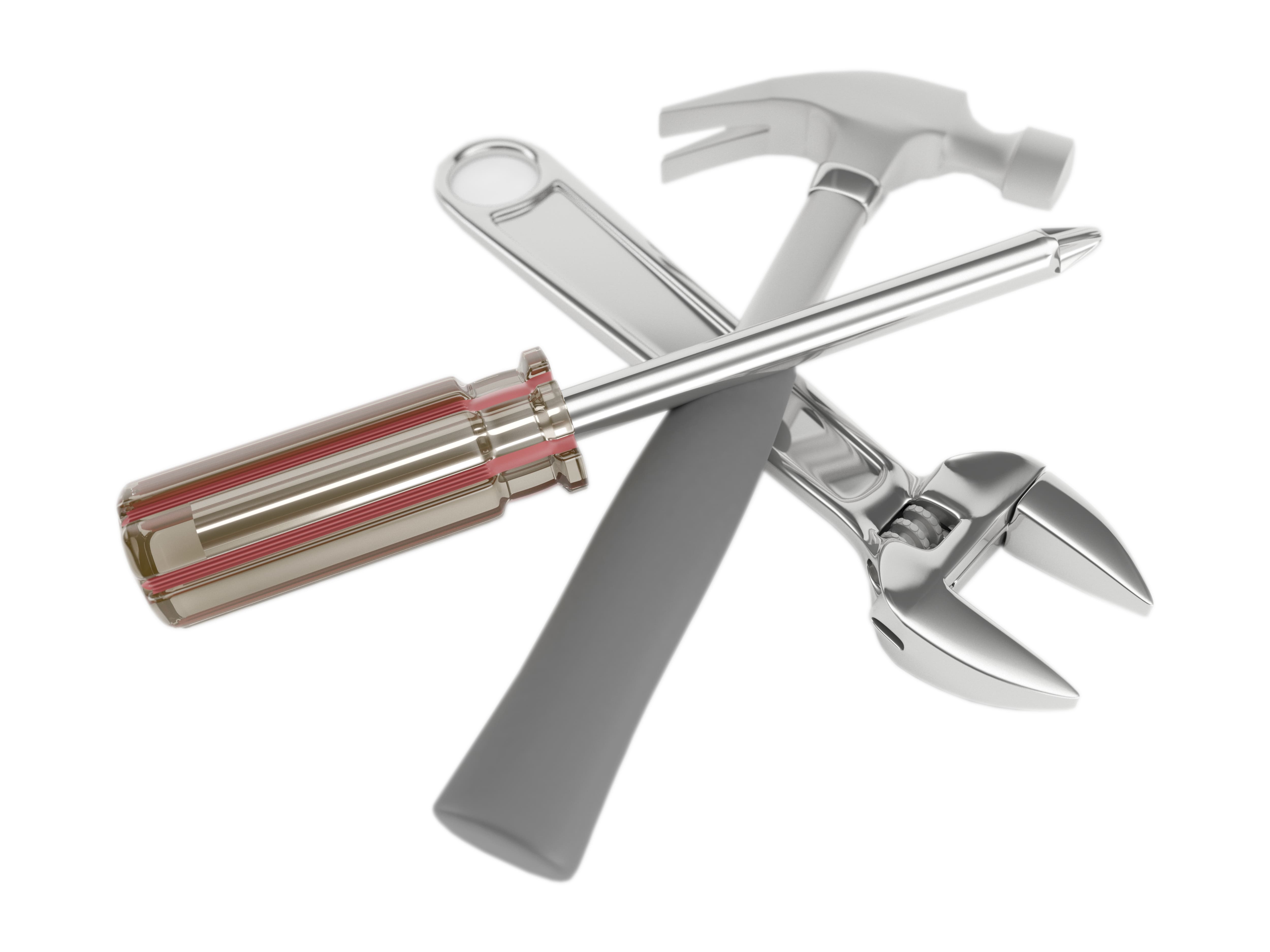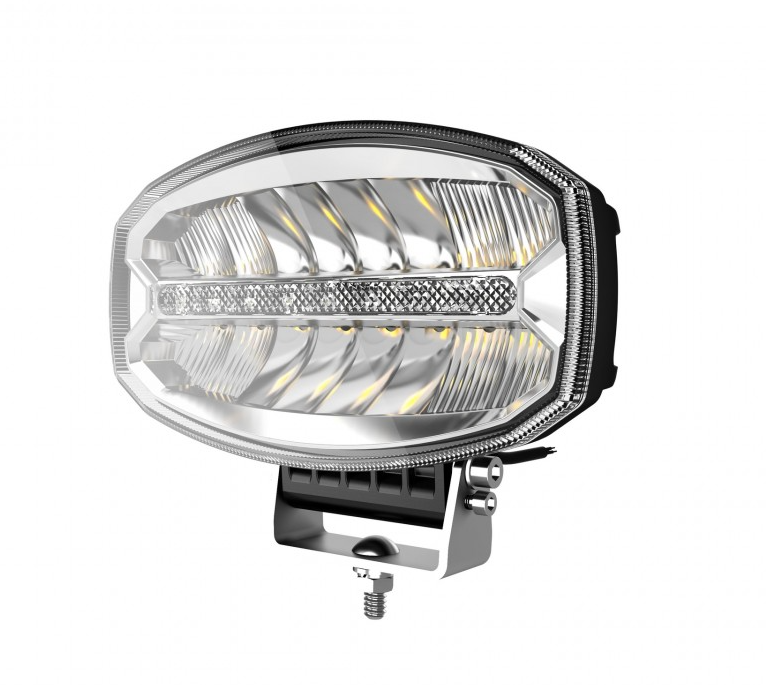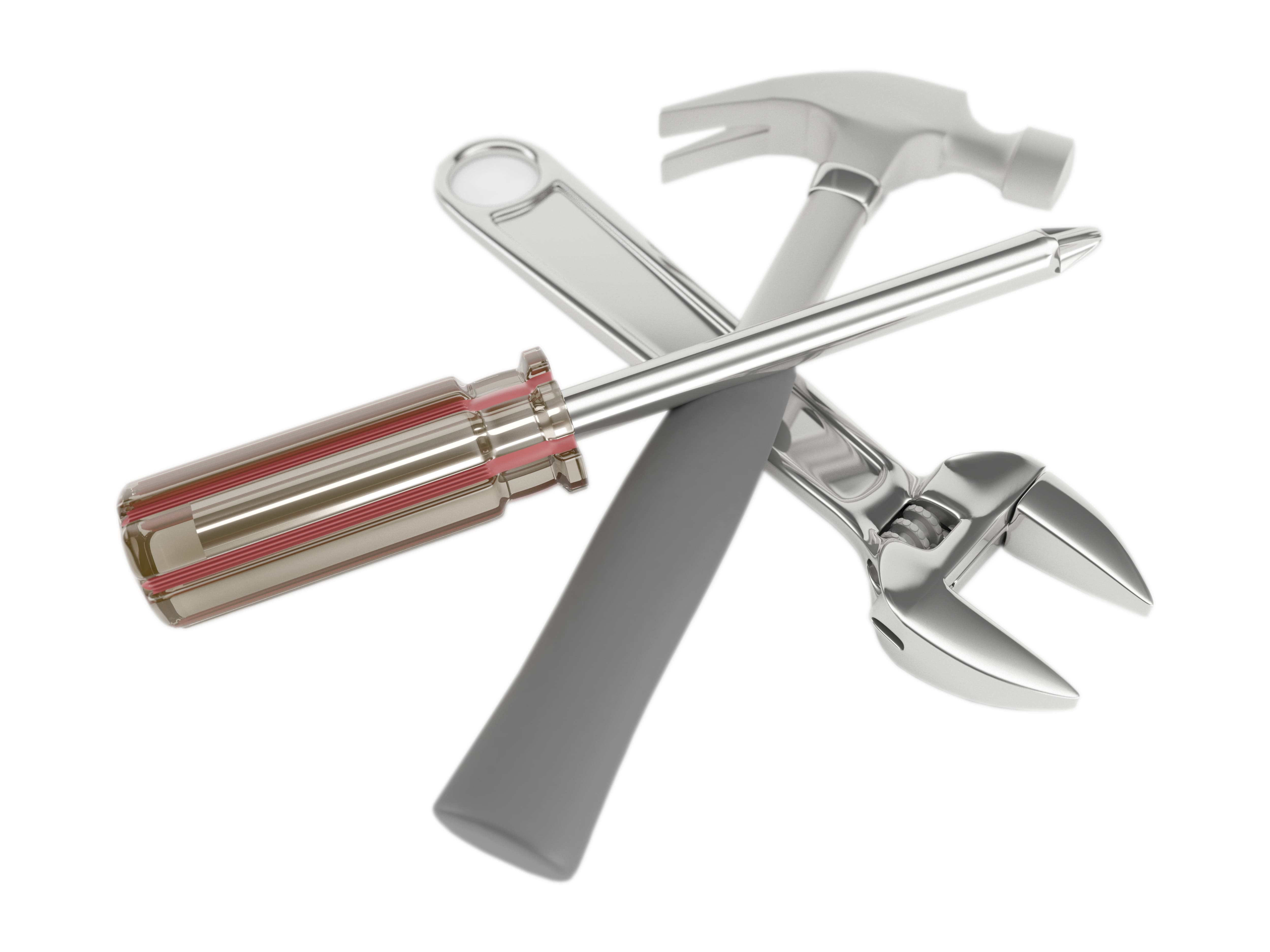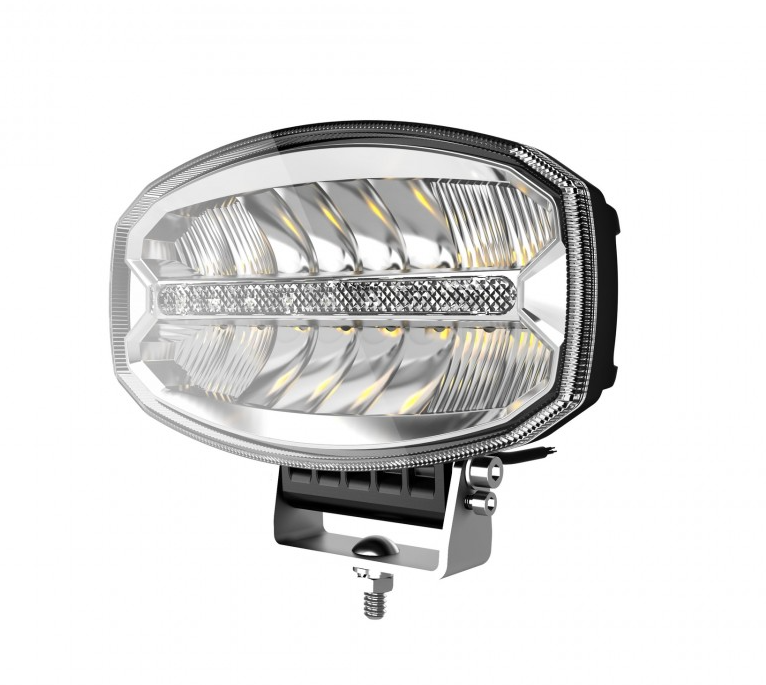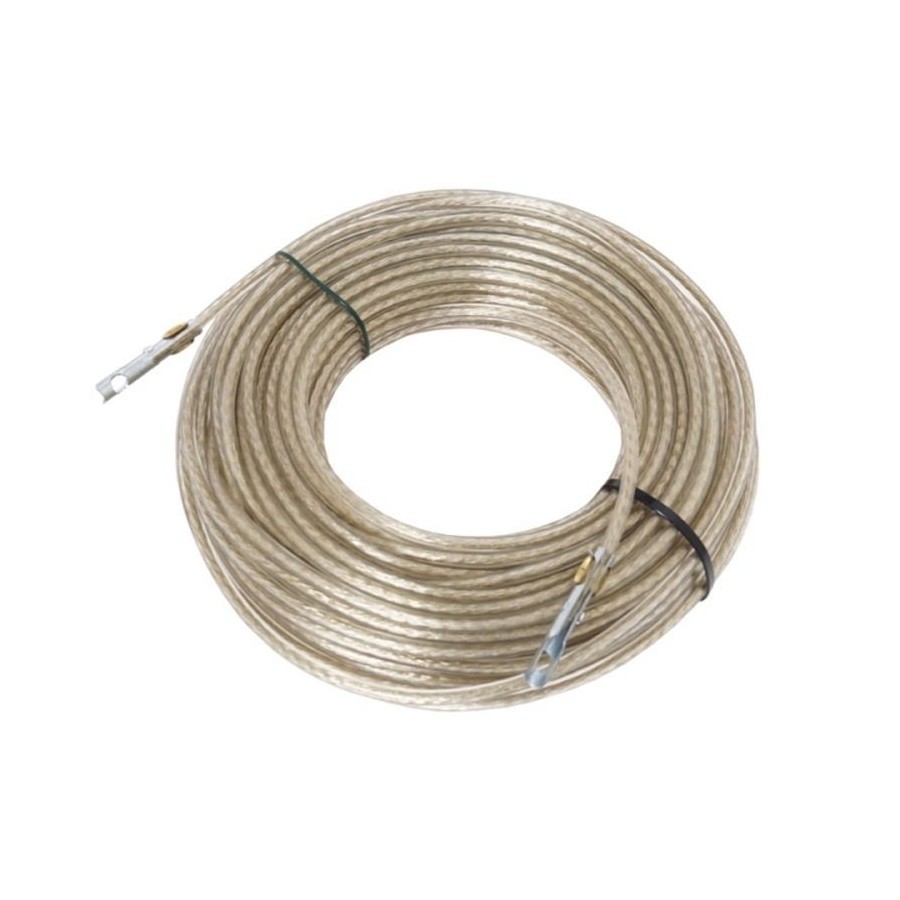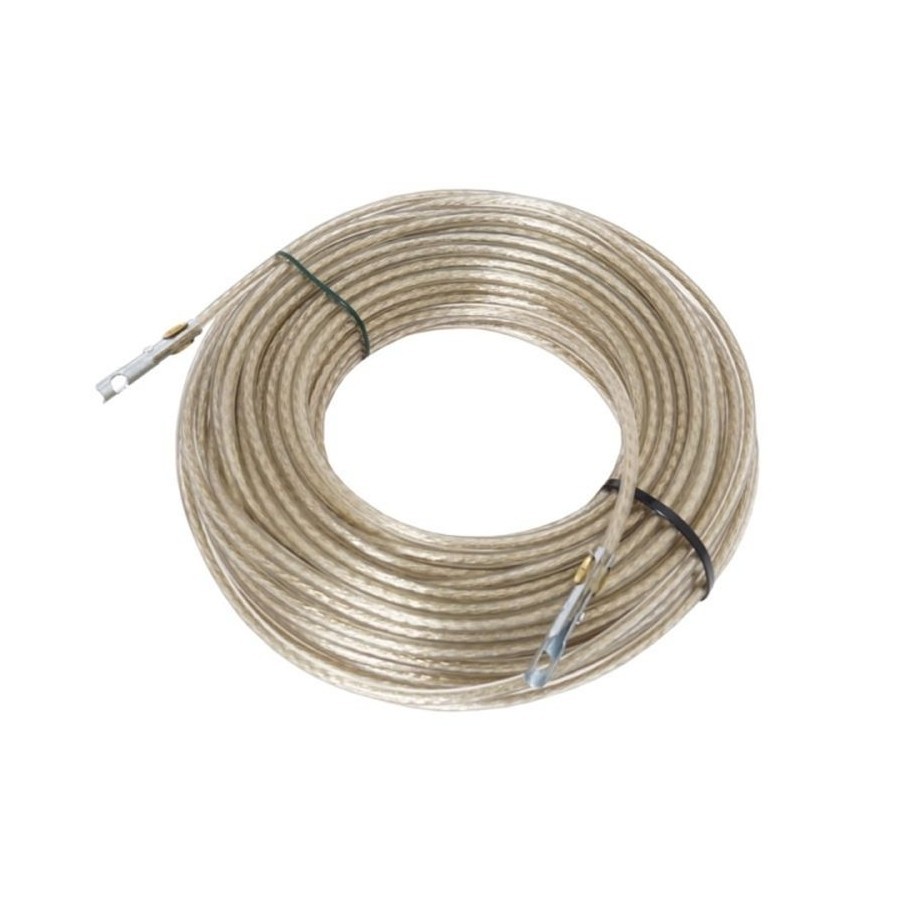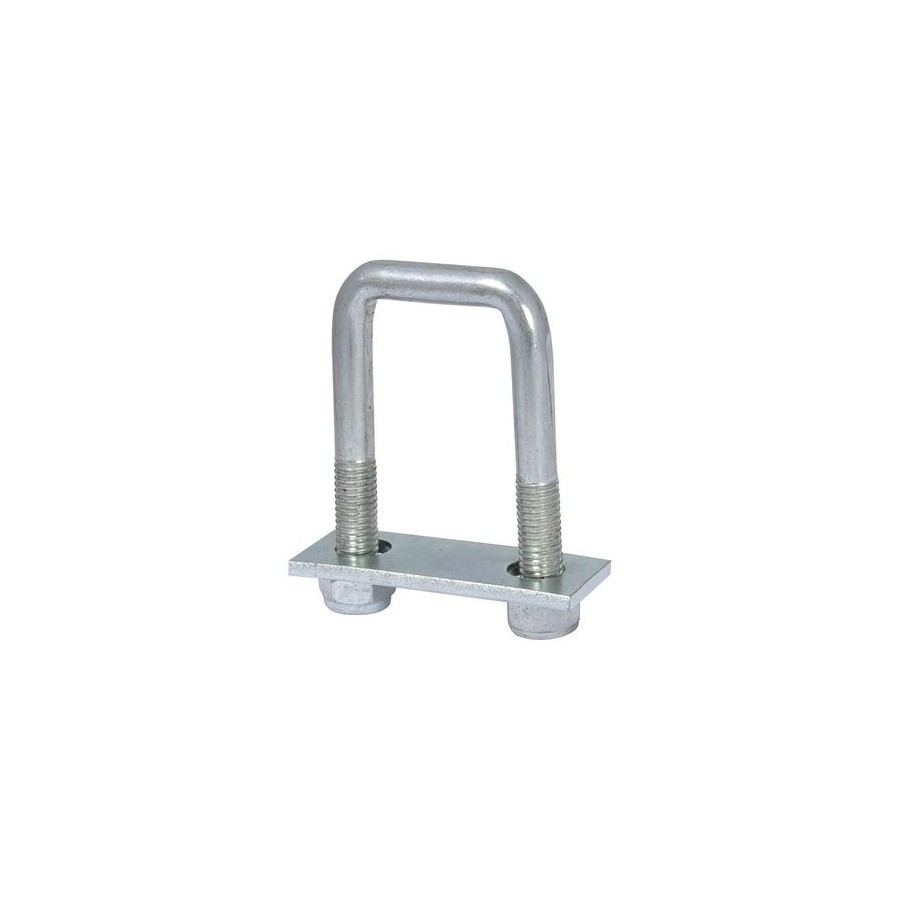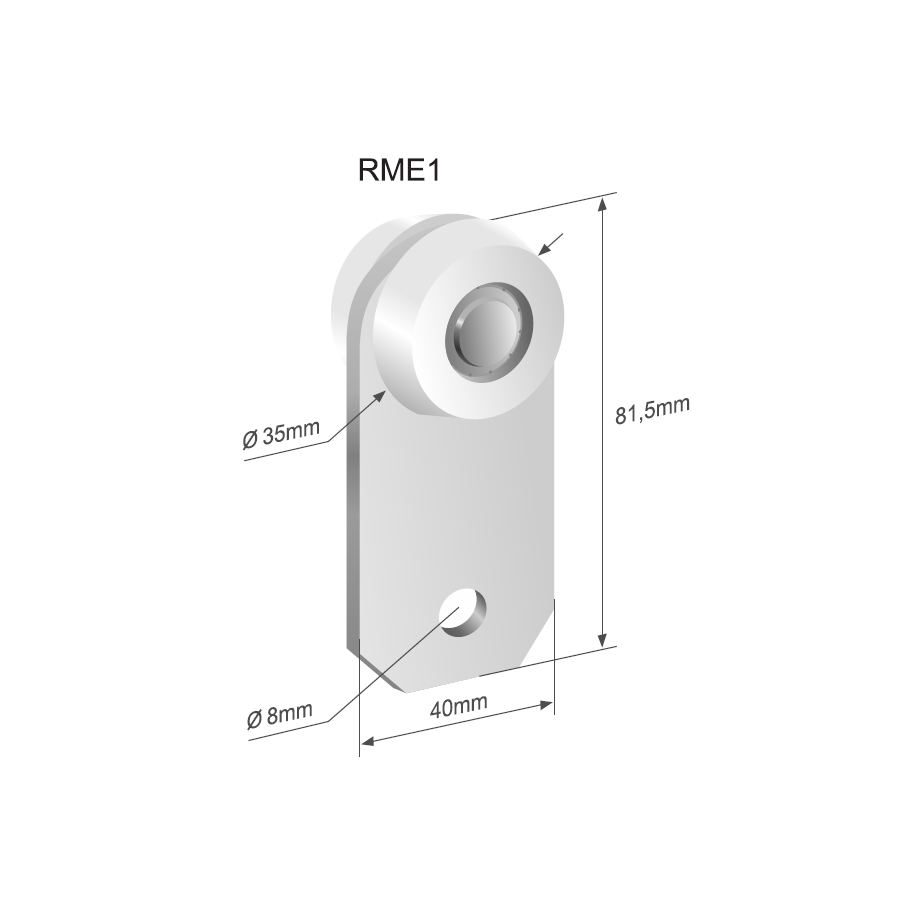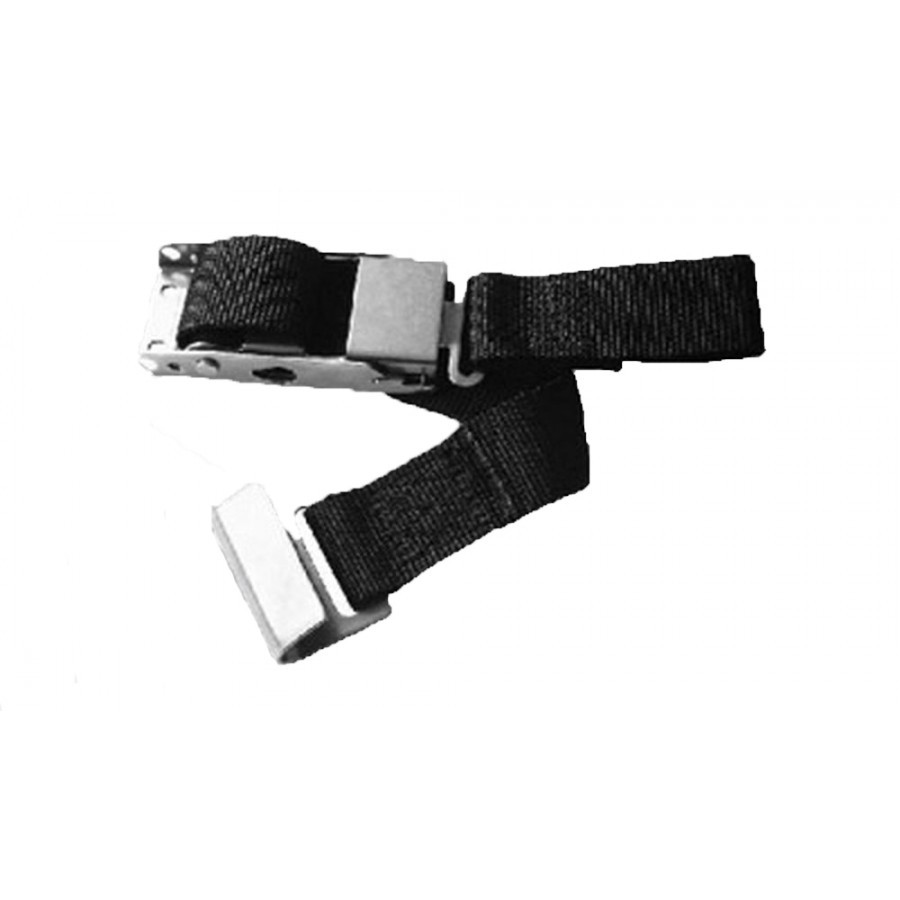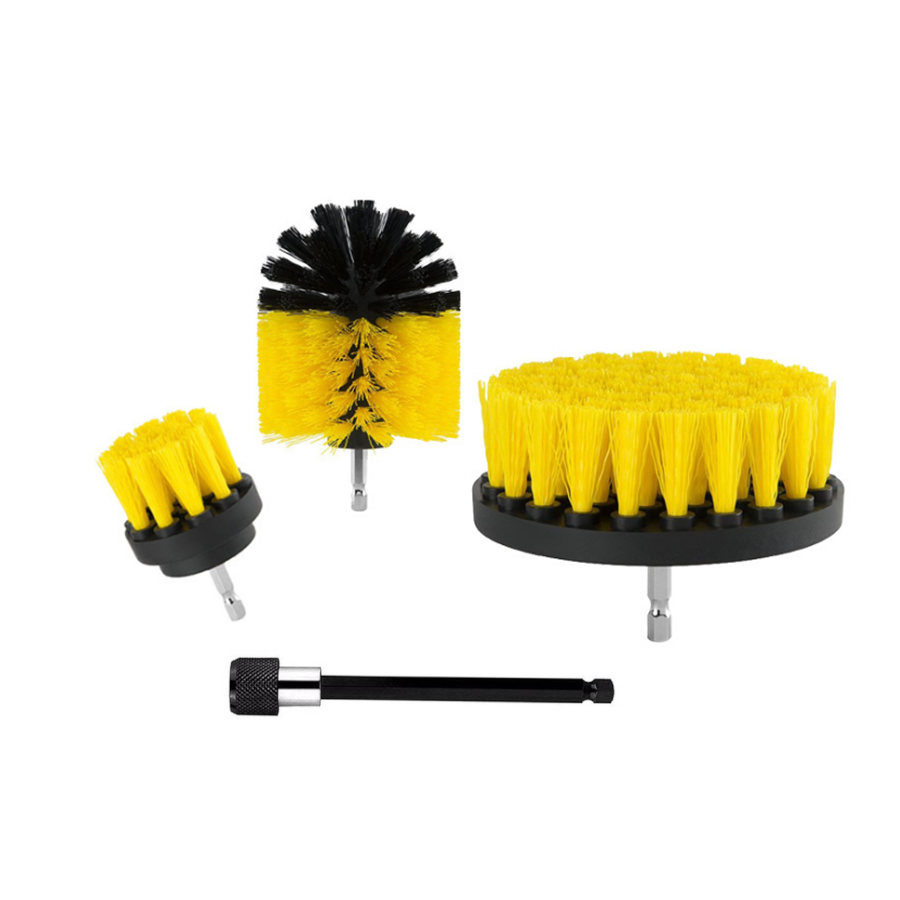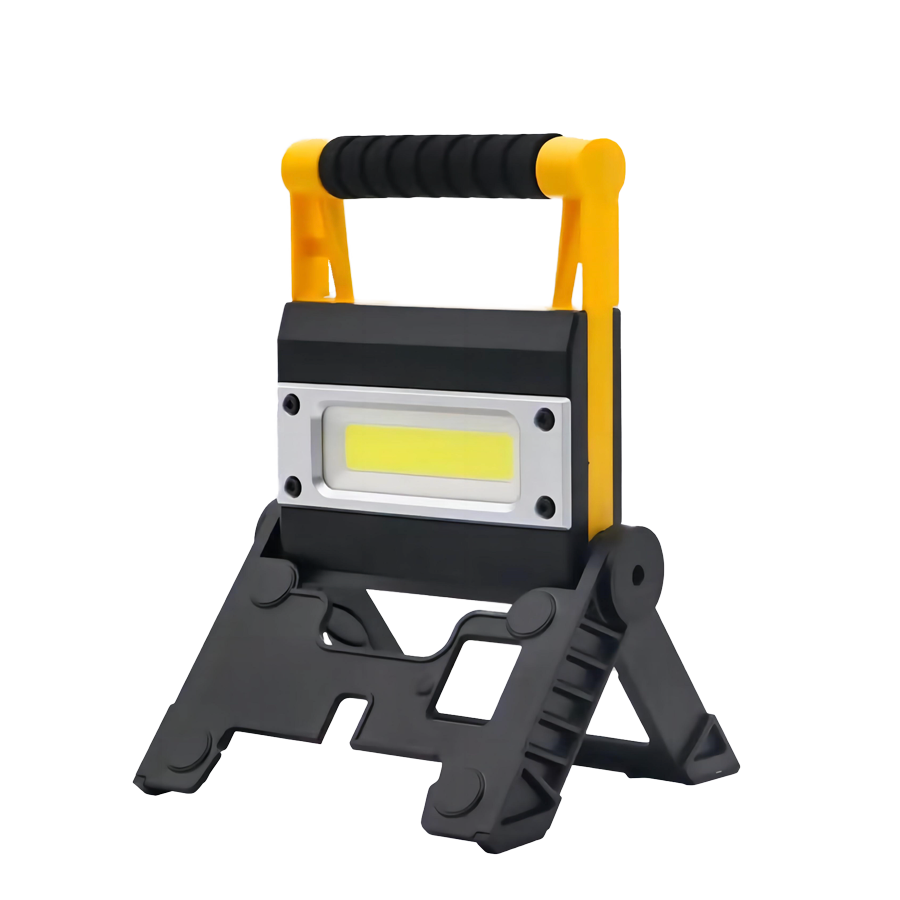What is the mandatory lighting for off road vehicles?

Road safety first
Driving a vehicle on the road requires extreme attention from the driver. Of course, knowing the traffic regulations and following them is crucial. Vehicle equipment also has an impact on road safety. Proper vehicle lighting is very important. The lamps ensure the driver good visibility while driving, especially after dark or when the road conditions are unfavorable. The vehicle is also visible to other drivers from the distance. In addition, each of the lights in the car has a specific role - e.g. the correct use of direction indicators is to inform other drivers and pedestrians that you are intending to change the direction you are currently moving in.
Mandatory lighting for off road vehicles
Off-road vehicles must be equipped with mandatory lights, which are listed in the traffic regulations. These are the following lamps:
• main beam headlights- so-called. full beam, switched on when visibility is insufficient when there is no one in front of the vehicle. Their symmetrical beam of light illuminates both the right and left side of the road very well.
• dipped headlights - the so-called low beam. Traffic regulations require that these lamps should be turned on all year round - regardless of the time of day or night. The lights illuminate the road ahead very well.
• Brake lights - stop lamps, they light up automatically when the brake pedal is pressed.
• Direction indicators - lights which inform other drivers about the intention of changing direction, lane or turning.
• Running lights; - switched on when the vehicle is parked in good visibility.
• Lights illuminating the license plate.
• Fog lights - may be turned on only when air transparency is limited - eg during fog.
• Emergency lights - lighting used to signal emergency situations on the road.
• Reversing lights - the white lights on the back of a vehicle which shine when the vehicle is in reverse gear.
• Reflectors - lighting that guarantees better visibility of the off road car, which is illuminated by other vehicles in the dark.
• Parking lights - should be turned on in conditions of insufficient visibility, at the time of parking or when the vehicle is stopped.
Additional lighting for off road vehicles
Off-road vehicles are often equipped with additional lighting. A perfect example is equipping a car with lights to illuminate working area. Usually lamps of this type are characterized by an adjustable mechanism, used to set the direction of the light beam. These lamps can have rectangular, close to a square or round shape. This lighting is characterized by a wide and diffused light beam. In the past, the most popular solution were the lamps with traditional halogen bulbs. At present, the LED option is much more popular. In off-road vehicles, these lamps are most often used to illuminate the immediate surroundings of the car or its selected elements - e.g. crate, hoisting winch or trunk. Therefore, most often these lamps are mounted on roof racks or roll bars.
Considering light parameters (shape of the light beam) the additional lighting can be divided into:
• spot lights - long and narrow beam,
• long-range lights - resembling traffic lights,
• wide lights - close range and wide beam, symmetrical lamps, somewhat similar to low beam,
• fog lights – a wide and flat beam, designed to illuminate the immediate surroundings of the car.
Considering the light source, the lights can be divides into:
• incandescent - halogen lights,
• High Intensity Discharge (HID) lamps - xenon,
• Light -emitting diode - LED.



